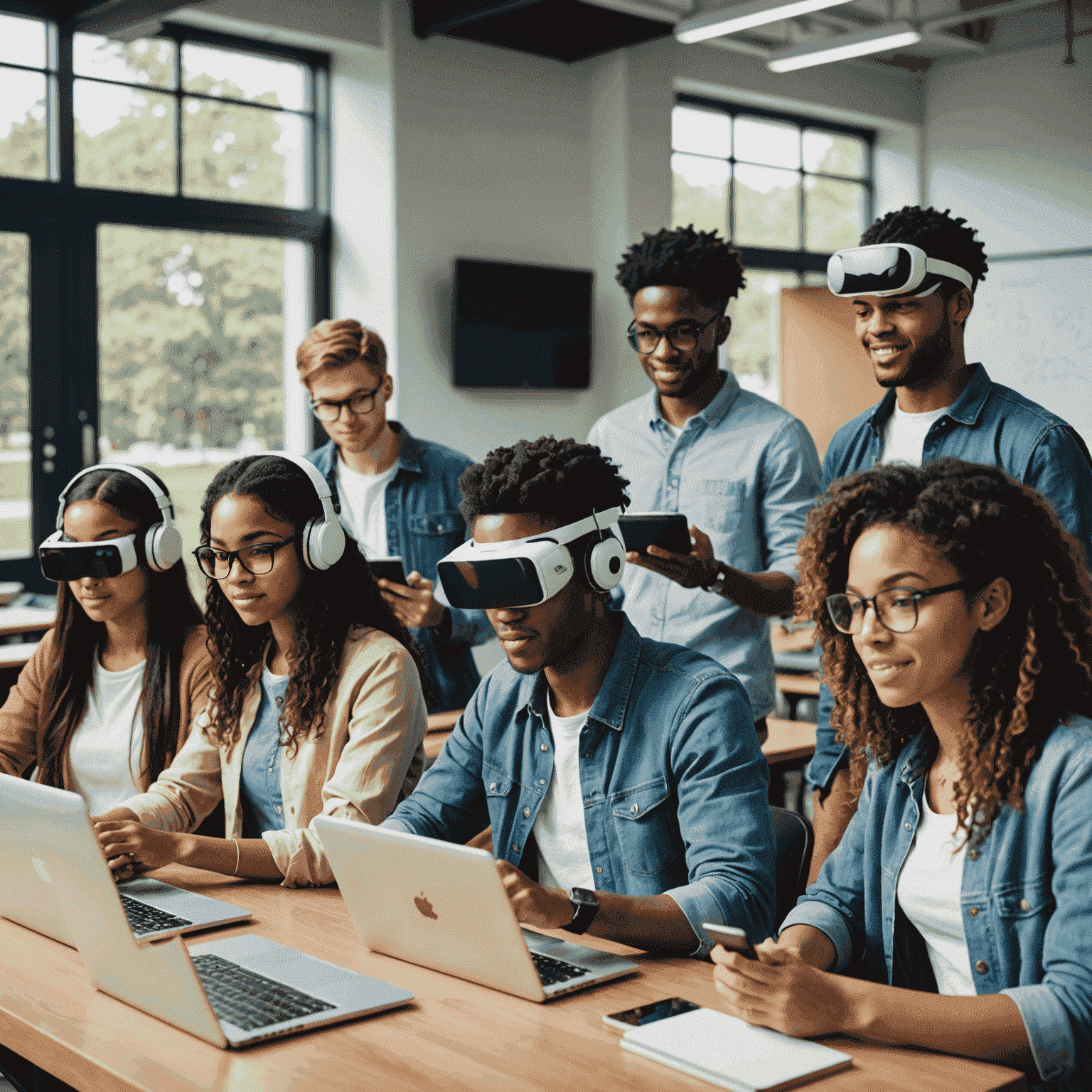Empowering Education: The Role of Technology in Modern Learning

Technology has become an integral part of our ddigitally lives, and its impact on education is undeniable. From online learning platforms to immersive educational experiences, technology is transforming the way we teach and learn. This article explores the various ways in which technology is reshaping the educational landscape and the opportunities and challenges it presents for students and educators alike.
Online Learning Platforms
One of the most significant ways technology has impacted education is through the rise of online learning platforms. These platforms provide students with access to a vast array of educational resources, including video lectures, interactive quizzes, and discussion forums. Online learning has made education more accessible, allowing students to learn at their own pace and on their own schedule.
However, online learning also presents challenges, such as the need for reliable internet access and the potential for students to feel isolated from their peers and instructors. To address these challenges, many online learning platforms are incorporating features such as live video sessions and collaborative projects to foster a sense of community and engagement.
Immersive Educational Experiences
Another way technology is transforming education is through the development of immersive educational experiences. Virtual and augmented reality technologies allow students to explore complex concepts and environments in a way that was previously impossible. For example, medical students can use VR to practice surgical procedures, while history students can use AR to explore ancient civilizations.
Immersive educational experiences have the potential to make learning more engaging and memorable. However, they also require significant commitment in hardware and software, and there are concerns about the long-term effects of prolonged exposure to virtual environments.
Personalized Learning
Technology is also enabling personalized learning, which tadaptslors educational content and pacing to the individual needs and abilities of each student. Adaptive learning software uses data analytics to track student progress and adjust the difficulty and content of lessons accordingly. This approach has the potential to improve student outcomes and reduce achievement gaps.
However, personalized learning also rintroducesses concerns about data privacy and the potential for algorithmic bias. It is important for educators and policymakers to ensure that personalized learning systems are transparent, equitable, and aligned with educational goals.
The Future of Education
As technology continues to advance, it is clear that it will play an increasingly important role in education. However, it is important to remember that technology is a tool, not a panacea. Effective education requires skilled educators, engaging content, and supportive learning environments.
As we move forward, it is crucial that we approach the integration of technology in education with a critical eye, weighing the benefits and challenges and working to ensure that all students have access to high-quality educational opportunities. By doing so, we can harness the power of technology to create a more equitable, engaging, and effective educational system for all.